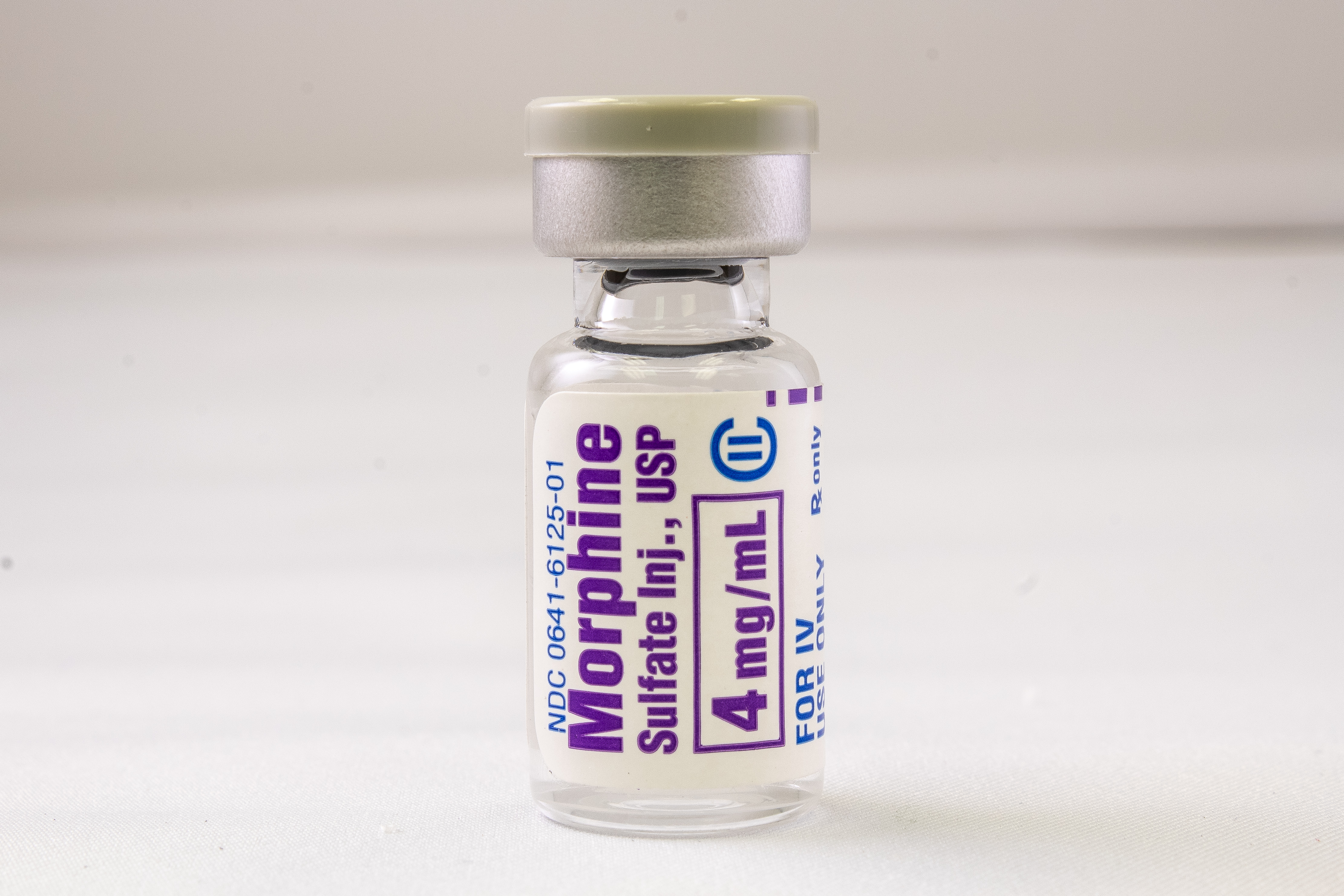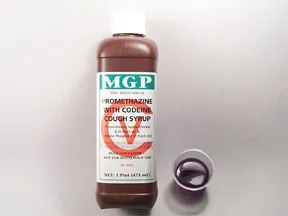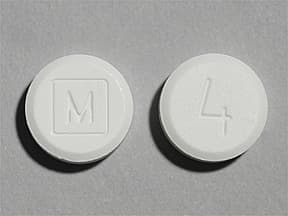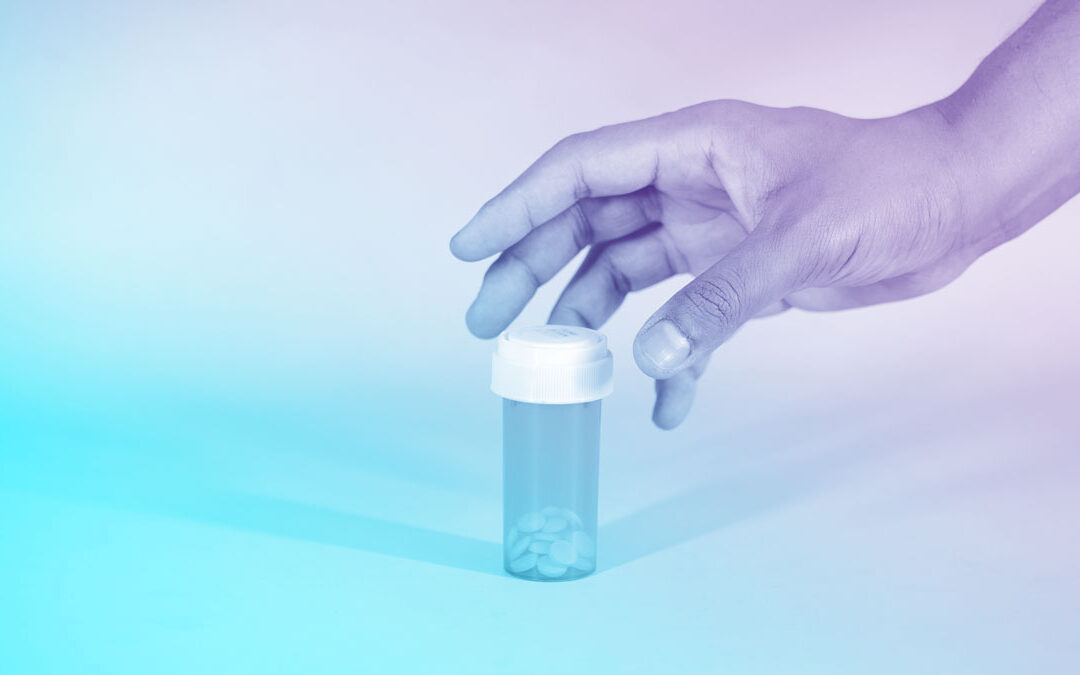A Comprehensive Guide to Prescription Pain Killers
When most people think of illicit drugs, they think of crystal meth, LSD, heroin, or even marijuana. The previously mentioned drugs are highly addictive and illicit, but there are prescription drugs, usually pain killers, that are just as addictive and dangerous. Prescription drugs in this category are usually derived from opium, and they have the ability to reduce or eliminate severe pain. Although they are typically not harmful when used properly under the direction of a doctor, opioids are often abused and misused. America is currently in the midst of an opioid addiction epidemic, which has been categorized as a national health crisis.

What Are Prescription Pain Killers (Opioids)?
Prescription pain killers, formally referred to as opioids, are a class of drugs that are naturally derived from the opium poppy plant. These drugs impact the brain by producing a myriad of effects but they are primarily known to relieve severe pain. Opioids are typically prescribed by a medical professional, but there are some types of opioids that are sold on the street as illicit drugs.
Prescription pain killers work by blocking pain signals between the body and the brain. In addition to reducing pain, they can cause individuals to feel sedated to some degree and many patients experience a pleasant sensation or “high” which can be addictive.
There are certain risks associated with the use of pain killers. Patients who regularly use pain killers can become dependent on them and often require higher dosages to experience pain relief. In some cases, this increased dependence can lead to addiction. Opioids also restrict the body’s ability to breathe when taken at higher dosages, and when they are misused, they can cause patients to overdose. Respiratory depression is more severe in patients who have never used opioids and those who are taking other drugs. Prescription pain killers can also be harmful to patients suffering from certain diseases and disorders, so many physicians will only prescribe them if other types of pain control drugs are not effective.
It is recommended that patients review their current medications and be honest about current and past drug use (both legal and illegal) when discussing the use of opioids. Patients with a family history of drug abuse should be especially careful, primarily because researchers and medical professionals believe there is a genetic component of drug dependency. Patients who are prescribed pain killers should only take them as directed and report any negative side effects to their physician.
Side Effects of Prescription Pain Killers
Like many classes of drugs, prescription pain killers often cause side effects. Some side effects are rather mild while others are more severe and require immediate medical attention. Patients who take opioids regularly may experience the following common side effects:
- Nausea
- Constipation
- Sedation
- Depression
- Sexual dysfunction
In addition to the relatively mild side effects listed above, long-term abuse of opioids can cause the following severe side effects:
- Narcotics such as opioids can become addictive. Although only a small percentage of people who are prescribed opioids will become addicted, patients should still familiarize themselves with the signs of addiction. Using high dosages of pain killers can also result in an overdose, which can be lethal.
- Opioids can cause stomach and intestinal issues even after taking them for a short time. Patients often experience bloating, abdominal extension, hemorrhoids, and bowel obstructions.
- The liver is impacted by the use of opioids. Since the liver is responsible for processing drugs, it can store toxins from them, resulting in permanent liver damage.
- Individuals who inject or crush pain killers to feel an immediate high can damage their hearts. When drugs enter the body, they are carried through the bloodstream, which directly affects the heart. The frequent use of prescription opioids can cause both heart disease and heart attacks.
The more severe side effects of opioid use can be deadly. Opioid use impacts virtually every bodily system, so patients should be made aware of any possible side effects before they are prescribed pain killers.
Pain Killer Addiction
Characterized by a strong, compulsive urge to abuse opioids, pain killer addiction can cause individuals to use such drugs even when they are no longer medically necessary. Opioids, like most narcotics, can be highly addictive even when they are taken as prescribed. When a person becomes addicted to pain killers, it is common for them to prioritize drug use over other activities in their lives. Opioid abuse can negatively impact a person’s relationships, professional life, and health. As previously mentioned, researchers believe there is a genetic element regarding drug addiction, but no one really knows why some people are more likely to become addicted to opioids than others.
Opioids can alter the chemistry of the brain and cause tolerance. In other words, as time progresses, those who use opioids may notice they need higher dosages of the same drug to achieve the desired effect. Patients who take opioids regularly can also become dependent, which is not the same as addiction. Dependent patients typically experience withdrawal symptoms when attempting to wean themselves off opioids, but they do not have an uncontrollable urge to take them.
Pain killer addiction is a serious disorder, and it can cause life-threatening health problems. Individuals who experience opioid addiction are more prone to overdosing, which occurs when a person’s breathing is stopped by the use of opioids. If a person overdoses and does not receive medical care in a reasonable amount of time, they can die. Individuals who take other types of drugs, especially benzodiazepines, are more likely to overdose.
Commonly Abused Prescription Pain Killers

Vial of injectable morphine. Photo credit: JETem.org

Morphine 30 mg immediate release tablet. Photo credit: webmd.com
Morphine
First discovered in the 1800s, morphine is an opiate used to reduce moderate to severe pain. Extended-release capsules and tablets are typically prescribed to patients suffering from severe pain that cannot be alleviated using other types of pain killers. Like other opiates, morphine belongs to a class of drugs known as narcotics. Morphine works by altering the way the nervous system responds to pain.
Although morphine is legal, it is heavily regulated by the government. Individuals who abuse morphine in high doses are at risk of overdosing. Signs of a morphine overdose include elevated blood pressure, slurred speech, extreme drowsiness, depressed breathing, and muscle cramps or spasms. Morphine depresses the central nervous system (CNS) and overdosing on morphine can result in death, coma, or unconsciousness.
10mg/325mg oxycodone/ acetaminophen tablet. Photo credit: goodrx.com
Oxycodone
Used to relieve severe pain, oxycodone is a semi-synthetic opioid that is usually prescribed when other pain killers are ineffective or a patient does not respond well to other opioids. Oxycodone impacts the central nervous system, and in doing so, reduces pain. Oxycodone should not be used to alleviate mild or moderate pain, primarily because there is a high risk of addiction associated with the drug. When oxycodone is used for a long time, it can cause physical and mental dependence.

Methadone 10 mg/5 mL oral solution. Photo credit: webmd.com

Methadone 10 mg tablet. Photo credit: webmd.com
Methadone
Methadone was first created by German doctors during World War II, and by the time it arrived in the United States, it was being used to treat patients suffering from extreme pain. In modern times, methadone is primarily used to treat addiction to prescription narcotics and heroin. Methadone is generally considered safer than other opioids but patients should still alert their doctors if they experience any signs of addiction.
Like other opioids, methadone works by changing the way the nervous system and brain respond to pain. It works slower than other types of opioids, such as morphine, but it may be prescribed if you are in pain caused by surgery, an injury, or a long-term illness. Methadone has the ability to block the “high” feelings caused by other opioids such as heroin, oxycodone, codeine, and morphine. It can produce a similar feeling and prevent cravings and withdrawal symptoms when a person is undergoing replacement therapy.

6.25 mg/10 mg/5 mL Promethazine-codeine syrup. Photo credit: webmd.com

300 mg/60 mg Acetaminophen-Codeine tablet. Photo credit: webmd.com
Codeine
Codeine is an opioid that is used to treat moderate to severe pain and reduce coughing. Codeine may be prescribed alone or missed with other pain-killing drugs. Like other drugs in the same class, codeine is highly addictive and should only be taken as prescribed when other non-opioid drugs prove ineffective. Codeine can interact with certain medications and cause a life-threatening condition known as serotonin syndrome. Patients should alert their doctor if they take any type of stimulant, anti-depressant, herbal product, anticonvulsant, or antinausea drug. Pregnant women should also avoid taking codeine since it can cause dependency in infants.
Biological and Environmental Causes of Pain Killer Addiction
Medical scientists have yet to pinpoint the exact cause of pain killer addiction. Many scientists believe addiction is caused by a combination of genetic, lifestyle, and environmental factors, many of which have not been identified yet. A considerable number of the genes associated with opioid addiction are involved in the endogenous opioid (an opioid outside the body) system, which is the body’s internal system responsible for controlling reward, pain, and addictive behaviors. Endogenous opioids include prescription pain killers and heroin, which influence various receptors. Researchers currently suspect that the differences between the function and structure of these receptors influence how individuals will respond to opioids.
The nervous system contains a number of opioid receptors, which are embedded in the outer membrane of nerve cells. When opioids attach to these receptors, the resulting interaction causes a myriad of chemical changes between and within the nerve cells. These chemical changes result in pain relief and sensations of pleasure.
Gene variations in other elements of nervous system function have also been studied extensively. Some genes play a role in neurotransmitter pathways, which help chemicals called neurotransmitters and their receptors send messages between neurons. Other genes are responsible for providing instructions for proteins associated with the survival, growth, and differentiation of neurons. Although it is not known how these gene variations impact opioid addiction, it is known that they influence how the nervous system and brain respond to opioids.
Pain killer addiction is a complicated disorder, and nongenetic factors are believed to play a role as well. Environmental and social factors associated with opioid addiction include:
- A history of depression and/or other psychiatric disorders
- Impulsivity
- Past substance abuse
- Living in poverty and rural areas
- Childhood neglect and abuse
- Access to prescription opioids
As implied, there is no one clear cause of opioid addiction. Addiction is believed to be a result of biological, social, economic, and lifestyle factors.
A National Crisis
In 2019, an estimated 50,000 Americans had died from opioid-induced overdoses. The addiction to and misuse of opioids such as prescription pain killers, heroin, and fentanyl, has become a public health crisis impacting the social and economic fabric of the country. The Centers for Disease Control and Prevention estimates that opioid addiction costs the United States nearly $78.5 billion annually in healthcare costs, lost productivity, criminal justice involvement, and addiction treatment.
Pharmaceutical companies in the late 1990s reassured medical professionals that patients would not become addicted to opioid pain killers. This reassurance from the pharmaceutical industry led many physicians to prescribe opioids at greater rates. This increased prescribing of opioids resulted in widespread abuse and misuse, and over the years, the addictive quality of opioids became obvious.
Signs of Pain Killer Addiction
Opioid addiction has become extremely common over the past few years, and individuals struggling with addiction can experience a serious disruption in their finances, personal relationships, and daily routine. Although it is possible to misuse opioids and not suffer from addiction, many people who rely on opioids to relieve pain or produce a high can become addicted. Common withdrawal symptoms include sweating and intense cravings, but individuals struggling with opioid use disorder may also exhibit the following signs:
- Rapid weight loss
- Flu-like symptoms
- Changes in sleep patterns
- Lack of hygiene
- Stealing from friends or family members
- Changes in exercise habits
- Social isolation
- Financial difficulties
Opioid use disorder is a treatable medical condition. Medications such as methadone, naltrexone, or buprenorphine can help reduce cravings. Those suffering from addiction can also greatly benefit from support programs.
Treating Pain Killer Misuse and Addiction
Pain killer misuse, as its name implies, means you are not taking your opioid prescription as directed. You may be using them to get high or you are consuming opioids that belong to someone else. Addiction is actually a brain disease that causes you to compulsively use and seek out drugs even though they may cause you harm.
Fortunately for those impacted by opioid addiction, there are treatments available. Treatments used include medication-assisted therapy, behavioral therapy (counseling), and hospital or residential-based treatment.
Medication-Assisted Therapy
The medicines used to treat opioid addiction include buprenorphine, methadone, and naltrexone. Buprenorphine and methadone target the brain in a manner similar to other opioids, but they do not produce a high feeling. They can also greatly reduce cravings. Often, patients worry that they are simply replacing one addiction with another, but these medicines are not a complete treatment for addiction. They simply help the part of the brain affected by addiction find balance and heal during your recovery journey.
A combination of naloxone and buprenorphine may be used to treat addiction as well. Naloxone treats opioid overdose, and when taken with buprenorphine, individuals are less likely to abuse the buprenorphine.
Naltrexone, unlike other drugs used to treat opioid addiction, does not prevent cravings. Instead, it reduces or removes the high you would typically get from taking opioids. In other words, naltrexone can prevent relapses but not help you get off drugs completely.
Behavioral Therapy
Behavioral therapy can help treat pain killer addiction. Therapy can help patients change their attitudes relating to drug use and cultivate healthy life skills. Individuals who undergo therapy are also more likely to stick to their overall treatment plan. Therapy may take the form of individual or group counseling, which often helps patients recognize negative thought patterns and learn healthy coping skills. In addition to individual or group counseling, family counseling may be recommended. During family counseling, partners and other close family members are directly involved in a patient’s therapy plan. Such counseling can often help improve and repair strained family relationships.
Trained therapists can also point patients to other resources, such as peer support groups, HIV and hepatitis screening, faith-based support groups, and organizations that help with housing and employment. These resources can help patients maintain their health and transition to living a normal life.
Hospital and Residential-Based Treatments
Hospital and residential-based treatments for opioid addiction combine treatment services and housing. Simply put, patients live with their peers, who provide a constant source of social support. Hospitals typically provide a choice between inpatient and intensive outpatient care. Both types of treatments are highly structured, and patients are usually introduced to various types of behavior therapy. Medicine-based therapy is also incorporated.
Contact Clean Recovery Centers
As previously mentioned, pain killer addiction is a serious medical problem. Individuals suffering from addiction often find their lives uprooted and controlled by their substance abuse. Many addicted individuals feel hopeless and unable to control their compulsion to use. Fortunately, there is help available. The right treatment plan can make a world of difference, and with our help, you can recover from your addiction and live a normal, healthy life again. Contact Clean Recovery Centers to start your recovery journey today.


